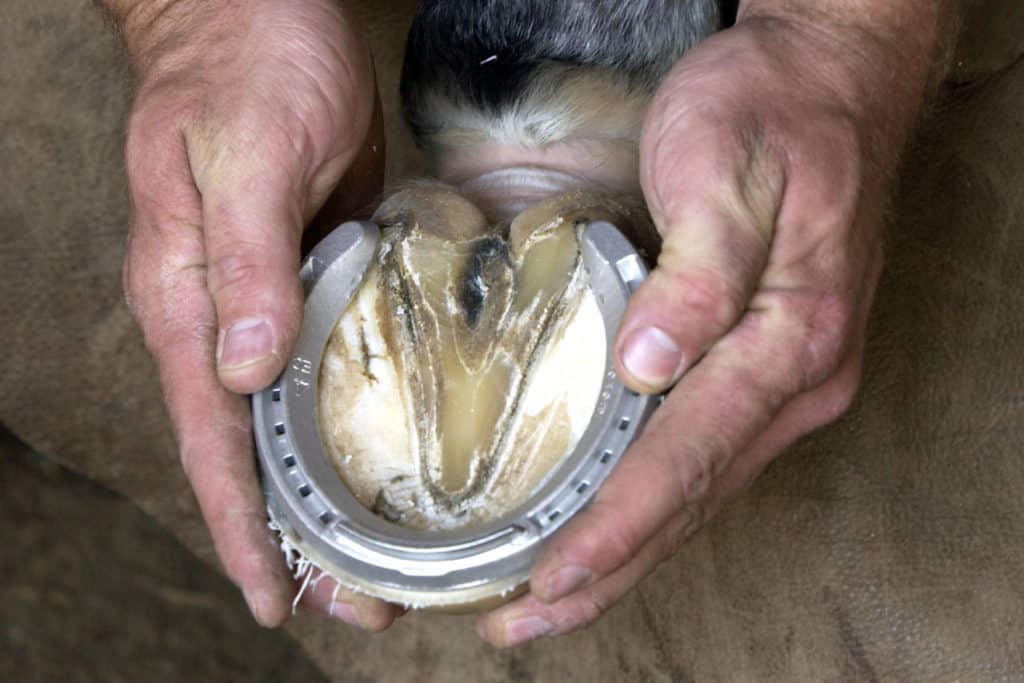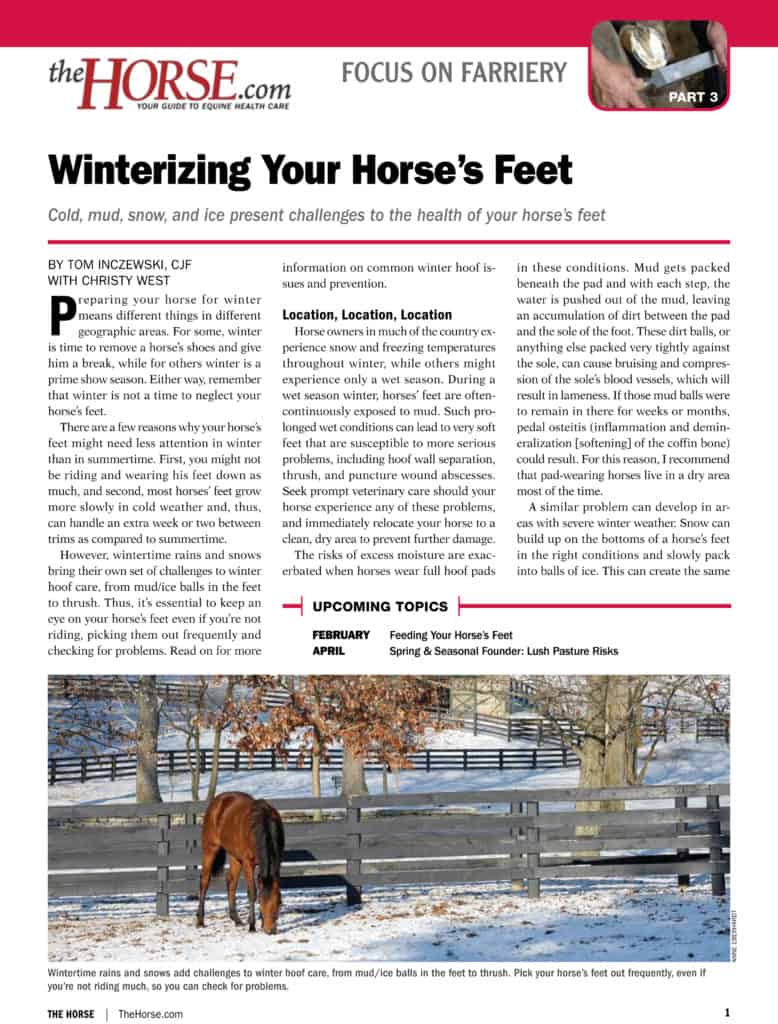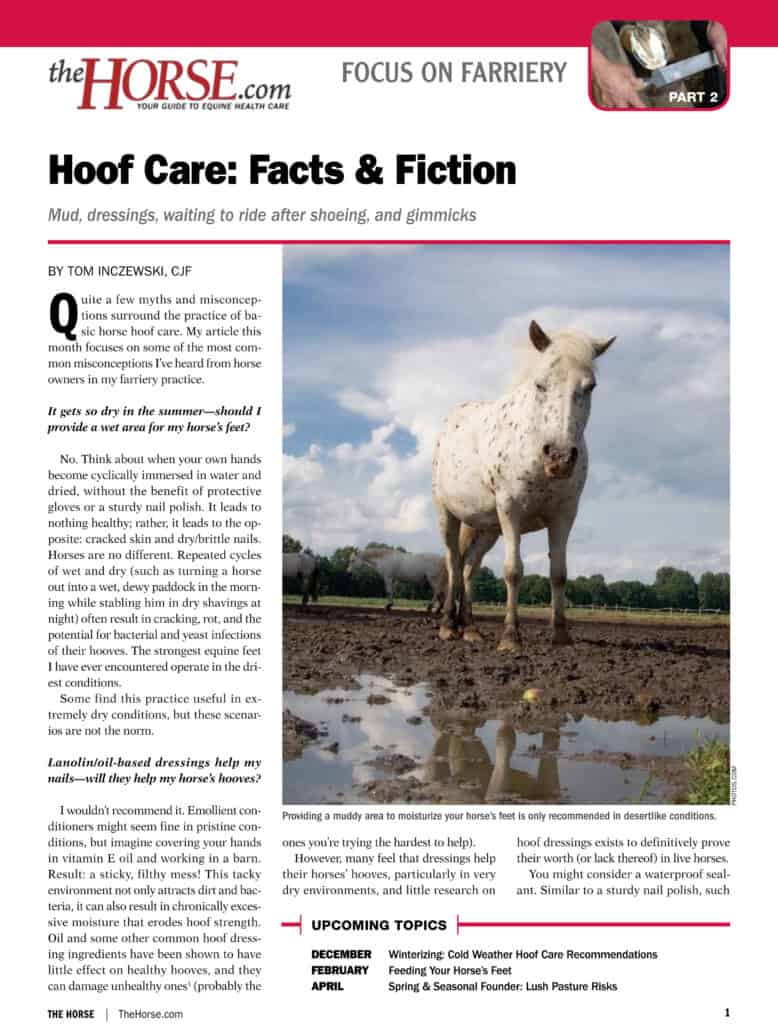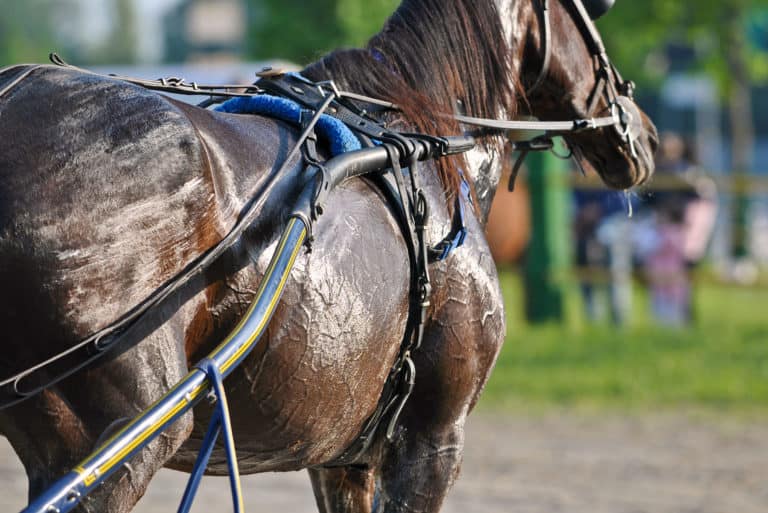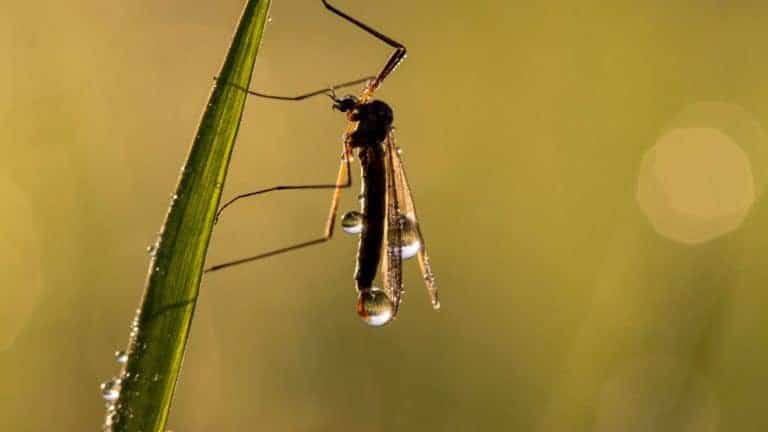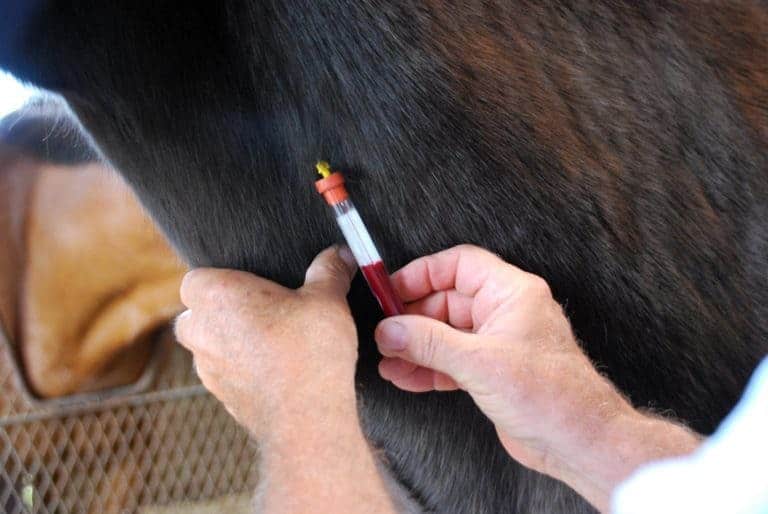Barbaro Fund Supports Laminitis Project
The National Thoroughbred Racing Association’s (NTRA) subsidiary, NTRA Charities, has announced that the Barbaro Fund for Equine Health and Safety Research has disbursed $49,000 to support the second year of a research project on laminitis. The funds

